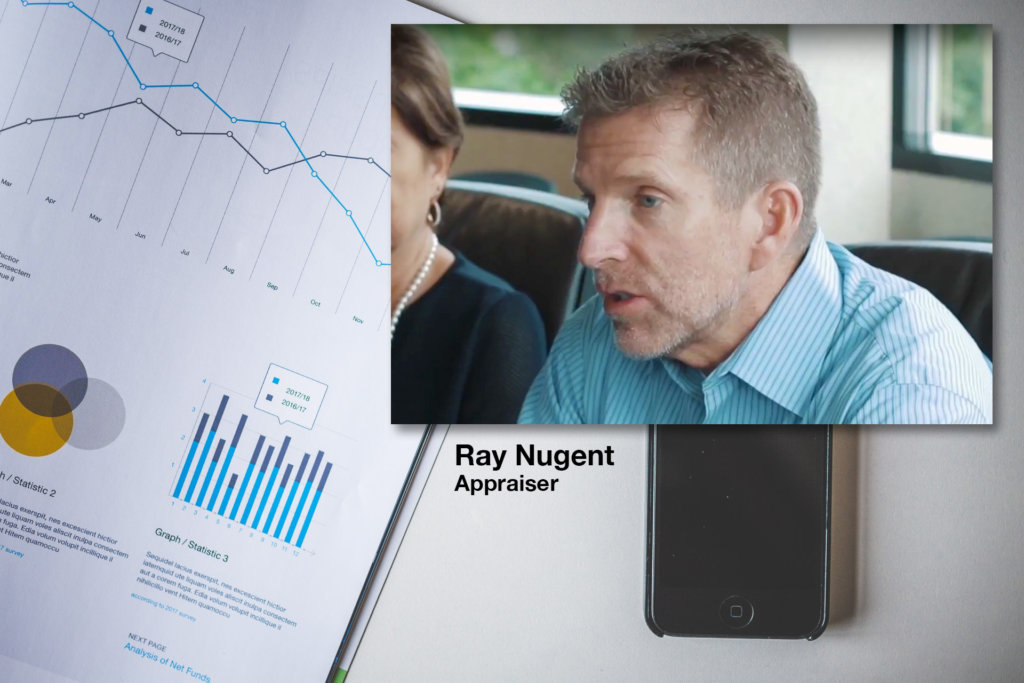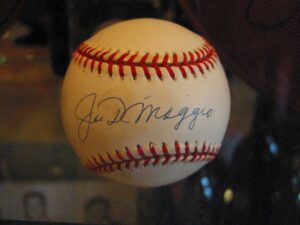By Ray Nugent
Fine Art
Insurers require more frequent valuation updates for Fine Art items than other less dynamic markets. The term “dynamic” is used to indicate the frequency of market events that influence market values. With Fine Art the event is a secondary market auction hammer price. We have all seen the sensational headlines of “a new record auction price” for work of art. The specific event can send ripples through the entire genre and certainly impact the value of other works by that specific artist, in this case positively. Conversely, a low auction sale can impact a genre and other works by the artist.
Insurers are keenly aware of this phenomenon and therefore, require regular valuations updates, typically, every 2-3 years. The insurers may not state this fact in the policy, much less monitor updates and actively remind their insured. However, it is very likely that if there is a claim submitted of substantial value, based on an out-of-date valuation, and uncalibrated premium payment, the claim will be resisted based on the lack of an update. You can avoid a costly and frustrating claim procedure by regularly updating the values of your Fine Art.
Jewelry
Jewelry is another category of personal property that is fraught with insurance issues. Not as dynamic as Fine Art but, more complex regarding purchase price vs. replacement value. Insurers often do not accept an appraisal from the source of the jewelry sale when scheduling insurance. For the very reason – what jewelry retailer would issue an appraisal at purchase that would present a value less than the purchase price? In fact, wouldn’t it be much more in the retailer’s interest to issue an appraisal with the purchase that is significantly greater in value than the purchase price? The happy customer leaves extremely happy with their new piece of jewelry at a cost significantly less than “it is actually worth.” The insurer is more apt to accept the purchase receipt for scheduling the piece, but often still requires an independent appraisal from a third-party appraiser. Do not assume your purchase appraisal is sufficient and certainly do not assume just because you have an appraisal your jewelry is insured. Valuable individual items must be scheduled (premiums paid) because they can well exceed the limited amount of coverage for that category of item under a blanket or umbrella homeowner’s policy.
Wine Collections
Due to its organic nature, wine can deteriorate and turn sour. And if a bottle shatters on the floor, hundreds or thousands of dollars could be reduced to a puddle. A standard homeowners insurance policy doesn’t completely protect the investment of a wine collection. Coverage is relatively affordable. While rates vary by insurer, on average you’ll spend 50 cents per $100 of coverage. A wine collection insured at $250,000 would cost roughly $1,250 a year to insure. When you buy, sell, trade or drink a bottle from your collection, keep in mind that your insurance will need to be adjusted accordingly. Periodic reviews are essential. “The exact timing of the review depends on the amount of activity in your collection, but let your agent know whenever there’s been a significant change in the value of your collection,” (Winemag.com)












